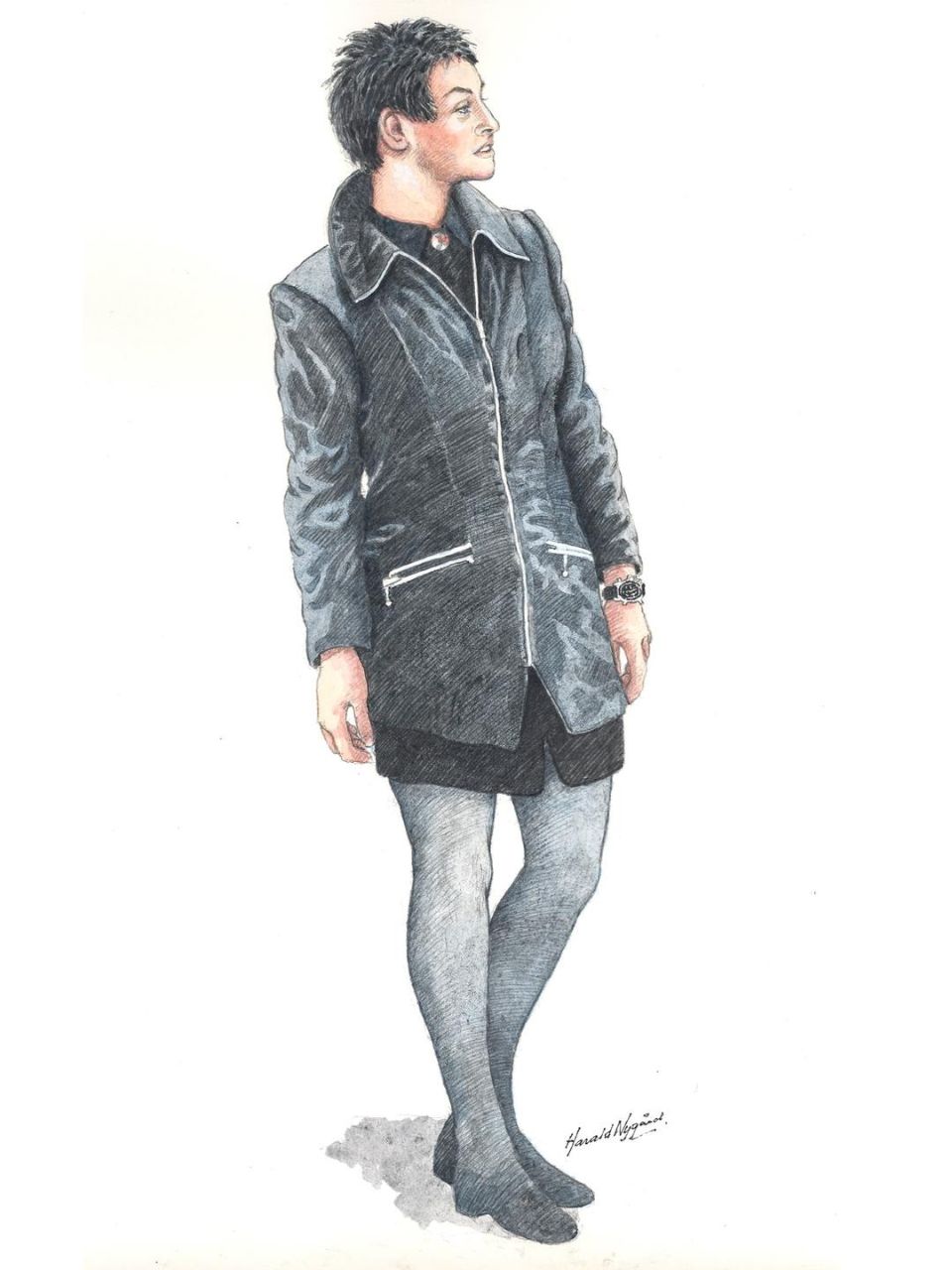Decades ago in the heart of Norway’s capital city, the Oslo Plaza Hotel became the scene of a perplexing mystery. It has since gone on to baffle investigators and true crime enthusiasts for decades.
On a seemingly ordinary evening in June 1995, a woman using the alias Jennifer Fairgate was found dead in her hotel room, her life ending with a gunshot to the head.

Her death was surrounded by several puzzling details. Her clothing labels were removed, she carried significant ammunition, and no personal identification or belongings that could reveal her identity were found.
A True Crime Mystery for Norway
This case came on my radar after I first stayed the Radisson Blu Plaza Hotel in downtown Oslo. A friend messaged me to ask if I was staying in “that room” which sent me off down an internet search rabbit hole.
At the time of the incident, the Oslo Plaza was one of Norway's most luxurious hotels. It caught the imagination of the Norwegian media at the time, notably VG, and it's a case that continues to do so, almost thirty years on.
Despite extensive investigations and media attention, including a Netflix true crime documentary, her true identity and the circumstances of her death remain unknown.
True crime has become an incredibly popular genre in recent years, with cases such as the unsolved Geirangerfjord mystery being studied all around the world. The Oslo Plaza case has drawn just as much attention.
Theories about her background include possibilities of her being involved in espionage, a criminal operation, or suffering from personal despair leading to suicide.
A Grim Discovery
So, what exactly happened on the evening of 3 June, 1995 at the Oslo Plaza Hotel? Here's what we know.

At approximately 7.50pm, Espen Næss, a 25-year-old security guard, was asked to check on the person in room 2805, because of a lack of payment card being registered to the room.
“Jennifer Fairgate” was registered as the guest, although she had signed her name with the spelling “Fergate”.
As he approached the room and knocked on the door, a sudden gunshot resonated from within. The muffled sound, though somewhat dampened by the room's heavy door and concrete walls, was unmistakable.
Read more: True Crime in 19th-Century Norway
Næss instinctively retreated and waited momentarily in the corridor, grappling with the gravity of what the sound likely indicated—a gunshot within a locked room suggested a dire scenario.
Opting for caution, Næss did not immediately enter the room but instead returned to the lobby to consult with the hotel’s head of security and notify the police.
The head of security then took the elevator up to the 28th floor, approached room 2805, and knocked on the door multiple times.

Receiving no response and suspecting a serious issue, he used his key card to unlock the door, which had been double-locked from the inside. Inside, the scene was grim and unsettling.
A woman's body lay on the bed, lifeless, with a gunshot wound to her forehead, a pistol resting on her chest. The room was tidy with minimal signs of disturbance.
Unraveling the Initial Clues
Jennifer Fairgate’s death was not just a simple case of suicide or murder; it was a puzzle composed of many complex pieces.

The labels from her clothes had been meticulously removed, obscuring any trace of her origins or personal tastes.
Her suitcase contained 34 rounds of ammunition, yet no personal items like a passport or wallet were found in her possession.

This careful eradication of identity hints at preparations that go beyond the ordinary, suggesting that whoever Jennifer was, she intended to keep her true identity a secret.
The Investigation Begins
As Norwegian police delved into the case, they faced an uphill battle from the start. The room was locked from the inside, a method that could either point to a suicide or a carefully staged homicide.
The hotel’s sophisticated security system showed no signs of forced entry, nor any suspicious activity around the time of death, further complicating the narrative.
The last known sighting of the woman occurred the evening before her death. Kristin Andersen, handling room service at the time, remembered it because when Fairgate ordered food, she tipped 50 kroner, a generous amount at the time.
The autopsy revealed limited details about the young woman. Although she claimed to be 21, pathologists estimated her age to be around 30, give or take five years.
She had blue eyes, dark short hair, weighed 67 kg, and stood 159 cm tall. No matches were found for her fingerprints in the Interpol database.

Her dental work was notably sophisticated, featuring gold and porcelain commonly used in the U.S. and some European countries such as the Netherlands, Germany, and Switzerland.
Speculations and Theories
Over the years, numerous theories have been proposed about Jennifer Fairgate’s identity and her reasons for being at the Oslo Plaza Hotel.
Some suggest she might have been involved in espionage, given the Cold War had only recently concluded and Norway’s strategic importance in global intelligence was well-known.
Others theorise that she could have been part of a criminal underworld, possibly linked to arms dealings, given the ammunition found in her room.
Yet another line of thought is that she might have been grappling with personal issues, choosing to end her life in a place where no one would know her.
Media Involvement and Public Fascination
The case caught the attention of both national and international media, leading to numerous articles, documentaries, and even a feature on Netflix’s “Unsolved Mysteries”.
Each retelling brought new details to light, yet the core mystery remained intact.
Public fascination with the case has often focused on the mysterious elements: her false identity, the lack of personal belongings, and the eerie calmness of the crime scene.
Investigative Challenges and Technological Strides
Advancements in forensic technology have allowed investigators to revisit old evidence with new tools, yet the identity of Jennifer Fairgate/Fergate remains elusive.
The lack of digital footprints and the effectiveness of her anonymity strategies have left law enforcement and amateur sleuths puzzled.
Even the extensive DNA databases that have solved numerous cold cases over the years have yielded no matches for Jennifer.
That being said, this is the most likely route to uncovering her true identity, if a close match (i.e. a close relative) can be found.
Impact on Hotel Security and Privacy Issues
The Oslo Plaza mystery also raised questions about hotel security and privacy. In the aftermath, discussions ensued about the balance between guest privacy and the need for security measures that could help prevent similar incidents.
The case has served as a study point in criminal justice and hospitality courses, discussing how hotels manage security without infringing on the privacy rights of their guests.
The Legacy of a Mystery
As we continue to piece together the puzzle of the Oslo Plaza Hotel mystery, it remains a captivating story that challenges our understanding of identity, security, and mystery in the modern age.
Whether Jennifer Fergate’s true identity will ever be known remains uncertain, but her story endures as a compelling reminder of the mysteries that still exist in our seemingly interconnected world.
This case, rich with enigma and fraught with unanswered questions, continues to be a subject of intrigue and study, inspiring both professional investigators and amateur detectives to keep searching for the truth, hoping that one day, the full story will emerge.
If you've studied the Oslo Plaza mystery, what's your preferred theory? Let us know your thoughts down in the comments.




